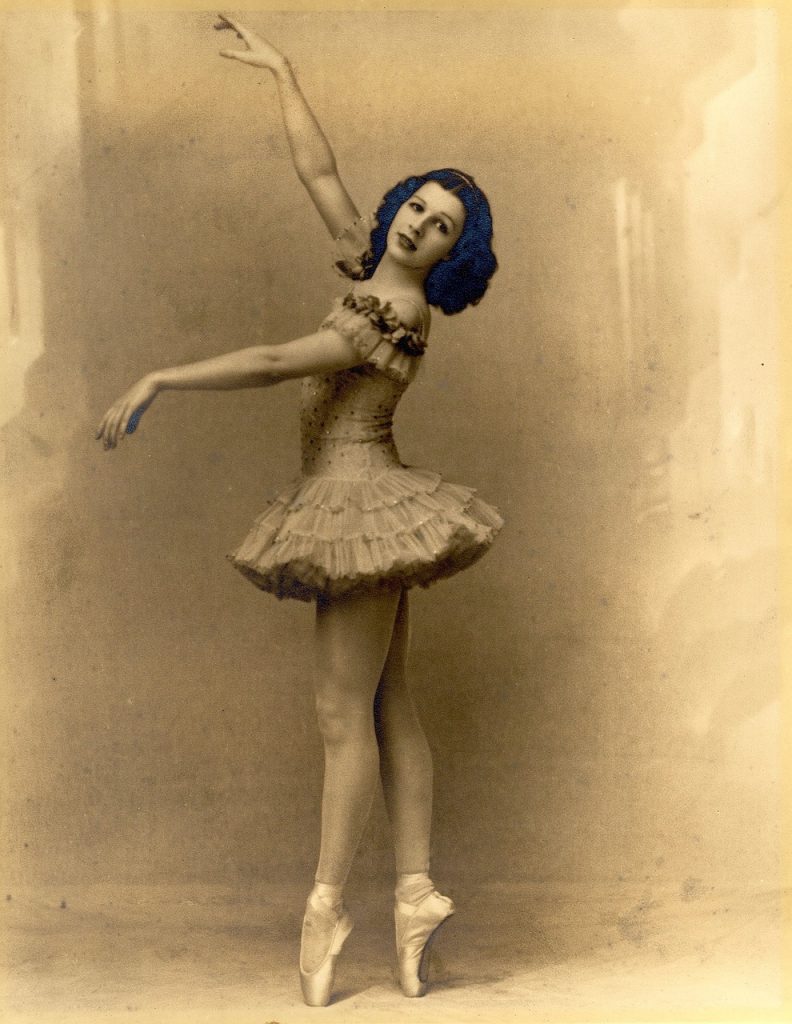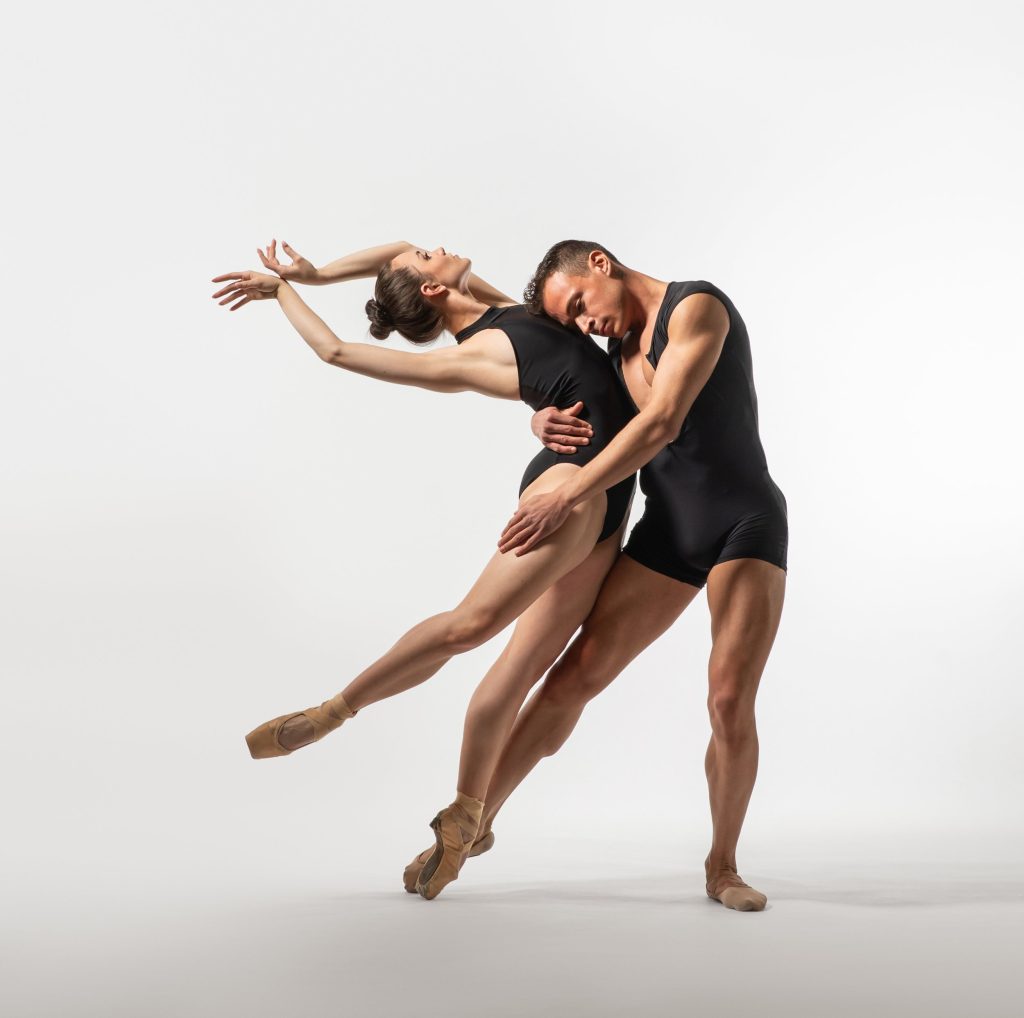Table of Contents
Ballet is a sophisticated and expressive art form that combines precise movements, elegant choreography, and dramatic storytelling. Originating in the Renaissance courts of Europe, ballet has evolved into a global art form that influences various aspects of dance and culture. This article explores the history, techniques, and impact of ballet, offering a comprehensive overview of its significance and evolution.

1. Historical Origins of Ballet
Ballet’s origins trace back to the Renaissance period in Italy and France, where it began as a courtly entertainment form.
- Early Beginnings: The roots of ballet can be traced to the Italian Renaissance in the 15th century, where dance was an integral part of courtly celebrations. Italian nobles and dancers began developing a structured form of dance, incorporating elements of mime, gesture, and movement into their performances.
- Development in France: The art form gained prominence in France under the reign of King Louis XIV, who established the Royal Academy of Dance in 1661. Louis XIV, a passionate dancer himself, played a crucial role in formalizing ballet’s techniques and training, and his reign marked the transition from courtly dance to a more organized theatrical form.
- Classical Ballet: The 19th century saw the rise of classical ballet, with the establishment of iconic ballets such as “Swan Lake” and “The Nutcracker.” These works showcased the technical precision and expressive storytelling that define classical ballet, solidifying its place in the world of performing arts.
2. Ballet Techniques and Terminology
Ballet is characterized by its distinct techniques and terminology, which form the foundation of its practice and performance.
- Basic Positions: Ballet techniques are built upon five fundamental positions of the feet, which provide the basis for movement and balance. These positions, known as first, second, third, fourth, and fifth, are essential for executing various steps and movements.
- Principal Movements: Key movements in ballet include plié (bending of the knees), tendu (stretching the leg), and pirouette (a spinning turn). Mastery of these movements requires rigorous training and discipline, contributing to the graceful and fluid quality of ballet performances.
- Posture and Alignment: Proper posture and alignment are crucial in ballet, emphasizing a straight back, lifted chest, and turned-out legs. These principles ensure balance, control, and elegance in movement, and are integral to the overall aesthetic of ballet.
3. Ballet Repertoire and Famous Works
Ballet’s repertoire includes a wide range of performances, from classical ballets to contemporary works. Iconic ballets and choreographers have left a lasting impact on the art form.
- Classical Ballets: Classic ballets such as “The Nutcracker,” “Giselle,” and “Sleeping Beauty” are renowned for their intricate choreography and storytelling. These works often feature elaborate costumes, set designs, and classical music, creating a rich and immersive experience for audiences.
- Choreographers: Influential choreographers like Marius Petipa, George Balanchine, and Martha Graham have significantly shaped the evolution of ballet. Petipa’s contributions to classical ballet, Balanchine’s development of neoclassical ballet, and Graham’s innovations in modern dance reflect the diverse and evolving nature of ballet.
- Modern Ballet: Contemporary ballet continues to push the boundaries of traditional techniques, incorporating elements of modern dance, experimental movement, and diverse cultural influences. Choreographers such as William Forsythe and Pina Bausch have expanded the range and expression of ballet, creating innovative and thought-provoking works.

4. Ballet Training and Education
Training is essential for aspiring ballet dancers, involving years of dedication and practice to achieve proficiency and artistry.
- Ballet Schools: Renowned ballet schools and academies provide rigorous training programs for students of all ages. Institutions such as the Royal Ballet School, the Paris Opera Ballet School, and the Juilliard School offer comprehensive curricula that encompass technique, performance, and artistry.
- Professional Development: Ballet dancers often undergo professional development through apprenticeships and company positions. Performing in professional ballet companies provides valuable experience and opportunities for growth, allowing dancers to refine their skills and pursue a career in the arts.
- Challenges and Discipline: Ballet training requires immense discipline, physical strength, and mental resilience. Dancers must maintain peak physical condition, practice regularly, and overcome challenges related to injury and performance pressure. The dedication to the craft reflects the commitment needed to excel in ballet.
5. Ballet’s Cultural and Social Impact
Ballet’s influence extends beyond the stage, impacting culture, society, and global artistic trends.
- Cultural Representation: Ballet serves as a cultural ambassador, representing artistic heritage and traditions from various regions. It reflects the values, stories, and aesthetics of different cultures, fostering cross-cultural understanding and appreciation.
- Social Influence: Ballet has the power to inspire and engage audiences, promoting creativity and emotional expression. Performances often address universal themes such as love, struggle, and triumph, resonating with diverse audiences and contributing to cultural dialogue.
- Educational Outreach: Ballet organizations and schools often engage in educational outreach programs, introducing young audiences to the art form and providing opportunities for participation. These initiatives help nurture future generations of dancers and audiences, ensuring the continued vitality of ballet.
6. The Future of Ballet
As ballet continues to evolve, it faces new opportunities and challenges in the modern world.
- Innovation and Collaboration: The future of ballet involves exploring innovative approaches to choreography, technology, and interdisciplinary collaboration. Ballet companies and choreographers are experimenting with new forms of expression, integrating digital media, and collaborating with artists from other disciplines.
- Inclusivity and Diversity: There is a growing emphasis on inclusivity and diversity within the ballet community. Efforts are being made to expand representation, embrace diverse dance styles, and create opportunities for underrepresented voices in the art form.
- Global Reach: Ballet’s global reach continues to expand, with performances, training programs, and collaborations occurring worldwide. The international exchange of ideas and techniques enriches the art form and fosters a vibrant global ballet community.

7. Conclusion
Ballet is a timeless art form that embodies beauty, discipline, and creativity. From its historical origins to its modern-day innovations, ballet has captivated audiences and influenced the world of dance. Its rich history, diverse repertoire, and ongoing evolution reflect the enduring appeal and significance of ballet. As the art form continues to adapt and thrive, it remains a testament to the power of movement and expression, inspiring both dancers and audiences alike.
